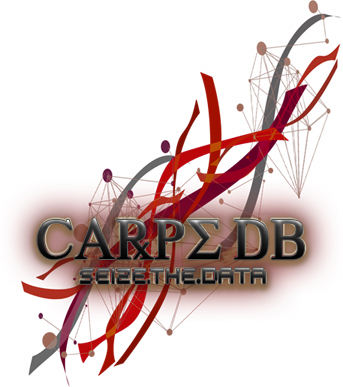
Identifying the brain regions and neuronal cell types that become active at the time of spontaneous seizures remains an important challenge for epilepsy research, and the involvement of dentate granule cells in early seizure events continues to be debated. Although Fos expression is commonly used to evaluate patterns of neuronal activation, there have been few studies of Fos localization after spontaneous seizures. Thus, in a pilocarpine model of recurrent seizures in C57BL/6 mice, Fos expression was examined at multiple time points after spontaneous seizures to follow the temporal and spatial patterns of Fos activation. By 15 min after the beginning of a spontaneous behavioral seizure, Fos labeling was evident in dentate granule cells. This labeling was particularly striking because of its wide extent and relatively uniform appearance in the granule cell layer. At later time points, from 30 min to 4 h after a spontaneous seizure, Fos labeling was also detected in interneurons within the dentate gyrus and in widespread regions of the temporal lobe. Interestingly, the timing of Fos activation appeared to differ among different types of GABAergic interneurons in the dentate gyrus, with labeling of parvalbumin neurons along the base of the granule cell layer preceding that of GABA neurons in the molecular layer. The findings in this mouse model are consistent with previous suggestions that spontaneous seizures in temporal lobe epilepsy may result from a periodic breakdown of the normal filter functions of the dentate gyrus and a resulting increase in hypersynchronous activity of dentate granule cells.
[Submit Annotation]